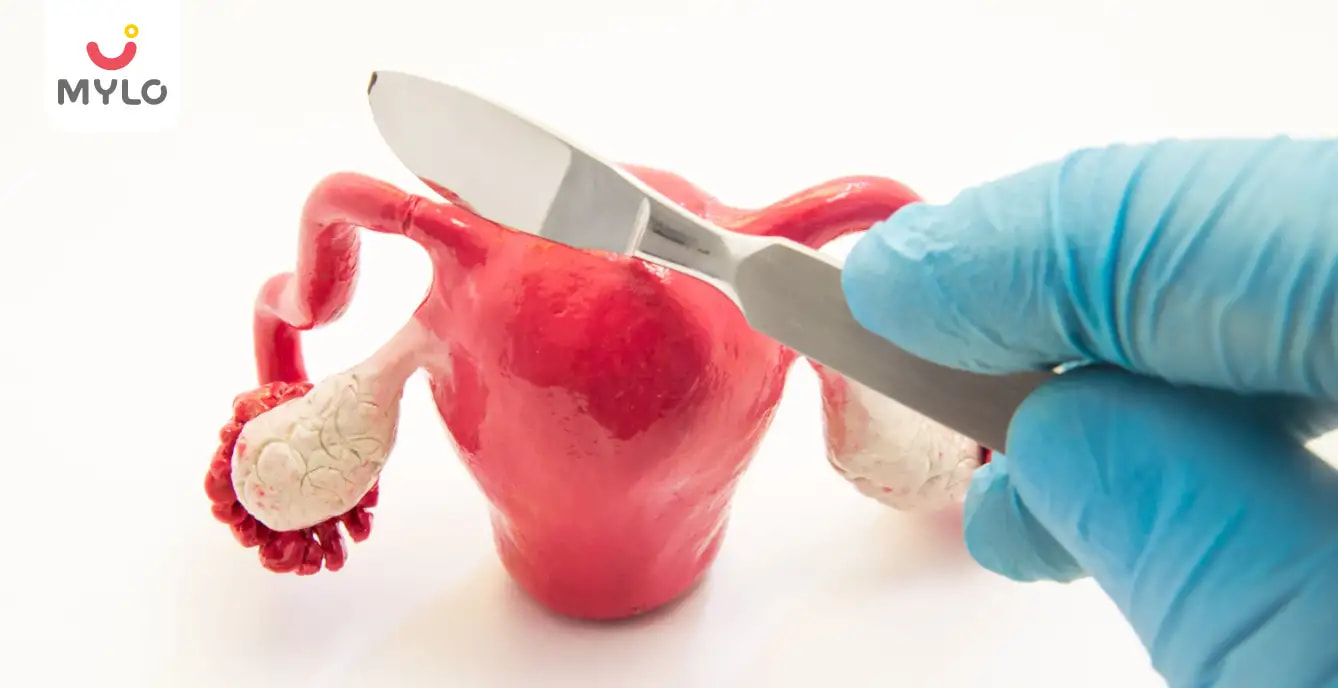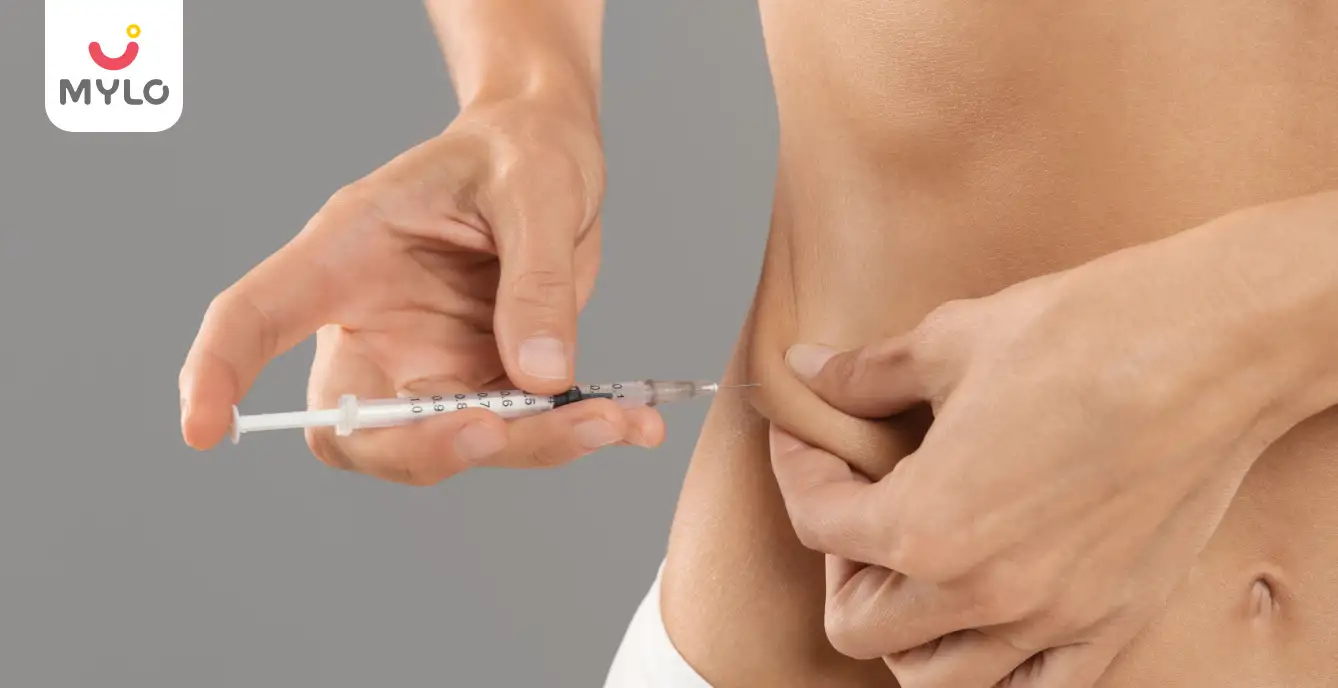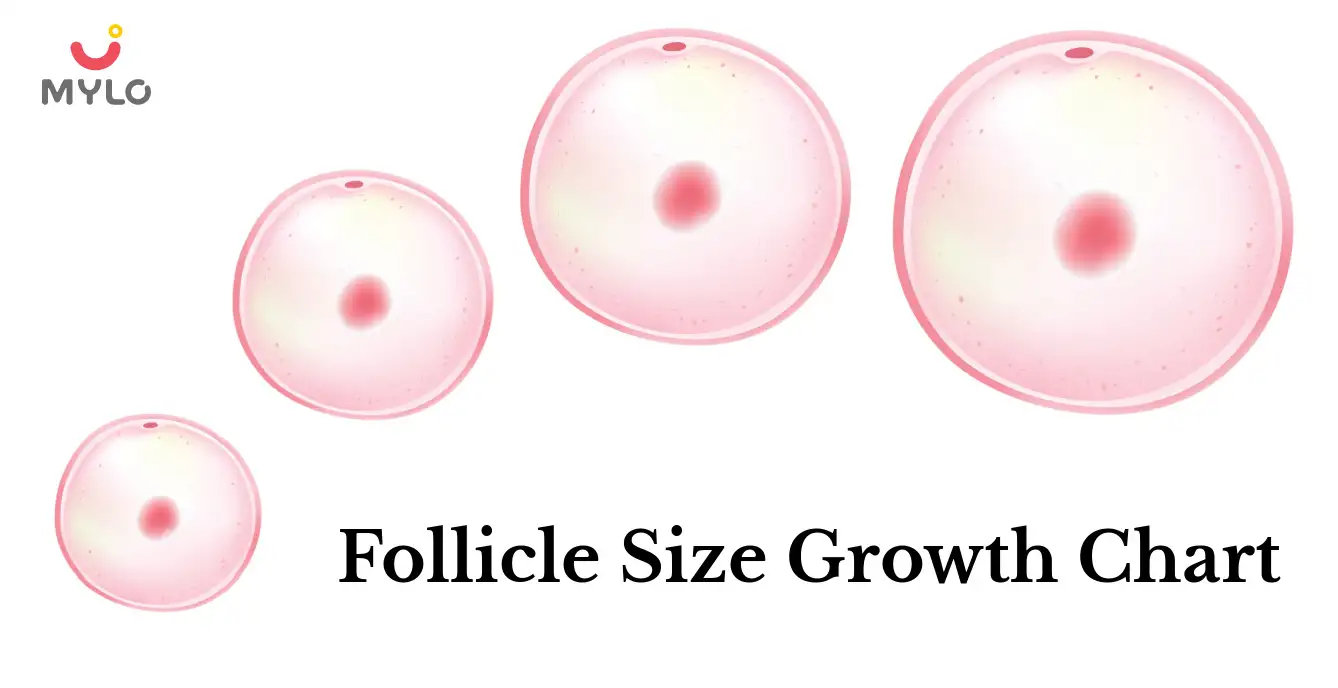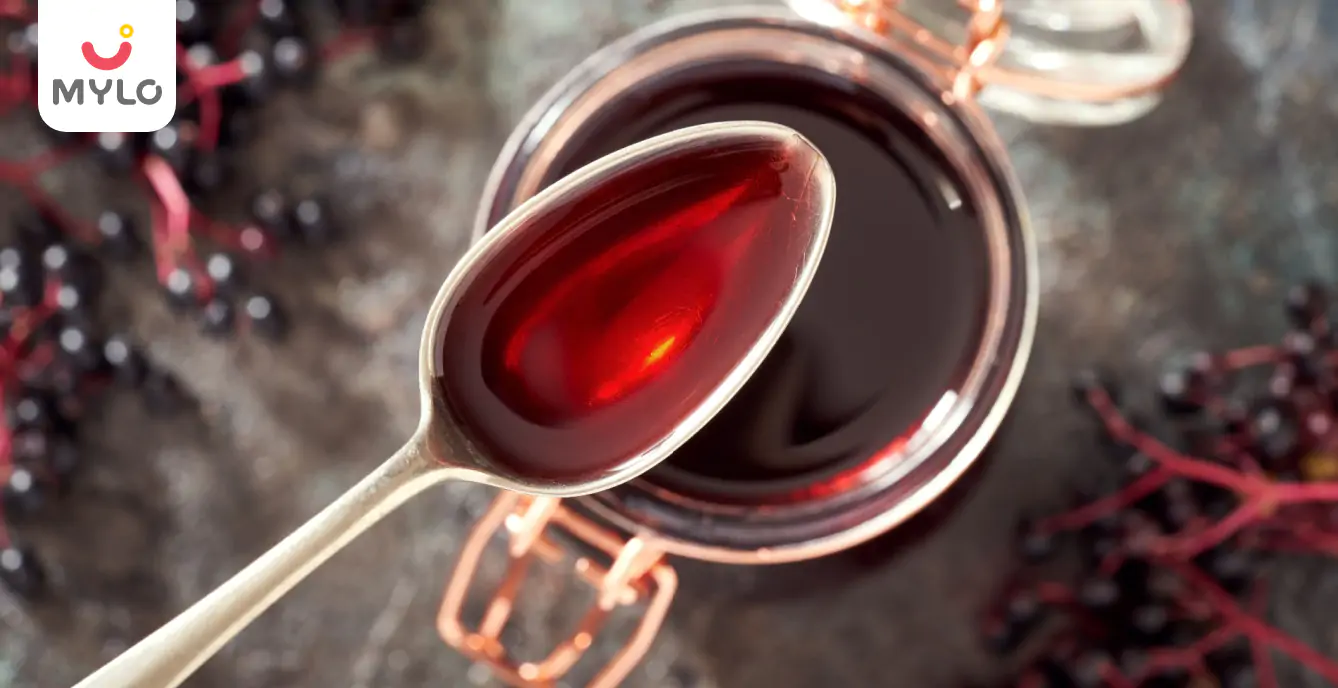Home

Tubal Recanalization: How This Procedure Can Help Restore Your Fertility
In this Article

Getting Pregnant
Tubal Recanalization: How This Procedure Can Help Restore Your Fertility
Updated on 28 September 2023



Medically Reviewed by
Dr. Shruti Tanwar
C-section & gynae problems - MBBS| MS (OBS & Gynae)
View Profile

For some individuals and couples, blocked or damaged fallopian tubes can be a significant obstacle to achieving pregnancy. Fortunately, medical advancements have made it possible to restore fertility in some cases of tubal blockages through a procedure called tubal recanalization.
In this article, we will explore fallopian tube recanalization in detail, discussing after recanalization how to get pregnant and similar aspects related to the topic.
What is Tubal Recanalization?
Tubal recanalization procedure is a medical procedure aimed at restoring fertility in individuals with blocked or damaged fallopian tubes. The fallopian tubes are vital for natural conception as they provide the pathway for eggs to travel from the ovaries to the uterus if the fallopian tubes are obstructed the sperm cannot reach the egg, resulting in infertility.
During fallopian tube recanalization, a fertility specialist uses various techniques to reopen or repair the fallopian tubes, allowing for improved chances of natural conception. The procedure is typically performed using minimally invasive techniques, such as hysteroscopy or laparoscopy, which involve the insertion of a small camera and surgical instruments through tiny incisions in the abdomen or cervix.
Understanding the Importance of Fallopian Tubes in Fertility
When it comes to fertility, the fallopian tubes play a crucial role in the natural conception process. These narrow, tube-like structures connect the ovaries to the uterus and help in egg transport. Moreover, they are also sites of fertilization and facilitate early embryo development.
What Causes Blocked Fallopian Tubes?
Blocked fallopian tubes can be caused by various factors, and identifying the underlying cause is crucial for determining the appropriate treatment. Here are some common causes of blocked fallopian tubes:
- Pelvic Inflammatory Disease (PID)
- Endometriosis
- Previous Infections or Surgeries
- Tubal Ligation
- Congenital Abnormalities
- Ectopic Pregnancy
- Other Factors like tumors or cysts, pelvic adhesions from conditions like appendicitis or peritonitis
How Does Fallopian Tube Recanalization Work?
Fallopian tube recanalization is a medical procedure aimed at reopening blocked or obstructed fallopian tubes to restore fertility. It is typically performed using minimally invasive techniques such as hysteroscopy or laparoscopy.
- Pre-procedure Evaluation
- Anesthesia
- Hysteroscopic Recanalization
- Laparoscopic Recanalization
- Post-procedure Care
You may also read : 7 Steps to Getting Pregnant with Blocked Fallopian Tubes: Unlocking Parenthood
Preparing for the Tubal Recanalization Procedure
Preparing for a fallopian tube recanalization procedure involves several important steps to ensure the best possible outcome and a smooth experience.
1. Medication and Supplements
Follow your doctor's instructions regarding medications and supplements.
2. Fasting and Anesthesia
Your doctor will provide specific instructions regarding fasting before the procedure. It's important to follow these instructions carefully to ensure your safety during anesthesia.
3. Pre-procedure Instructions
Your doctor will provide detailed pre-procedure instructions that may include guidelines on showering, avoiding certain cosmetic products, and wearing comfortable clothing.
What to Expect During the Tubal Recanalization Procedure?
During a tubal recanalization procedure, you can expect several steps and interventions aimed at reopening blocked or obstructed fallopian tubes as described below:
1. Anesthesia
The procedure is typically performed under general anesthesia, although in some cases, local anesthesia or conscious sedation may be used.
2. Surgical Approach
Two common approaches are hysteroscopic recanalization and laparoscopic recanalization.
- Hysteroscopic Recanalization: If the blockage is near the opening of the fallopian tube (proximal blockage), hysteroscopic recanalization may be performed.
- Laparoscopic Recanalization: In cases where the blockage is located further along the fallopian tube (distal blockage) or if additional surgical intervention is required, laparoscopic recanalization may be performed.
3. Closure and Recovery
After completing the necessary interventions, the surgeon will close any incisions made during the procedure using sutures or surgical staples.
The specific details of the tubal recanalization procedure can vary depending on individual circumstances and the expertise of the surgeon.
Recovery and Aftercare Following Tubal Recanalization
The following information provides an overview of what to expect during the recovery period and general aftercare guidelines:
1. Post-Procedure Monitoring
After the fallopian tube recanalization procedure, you will be taken to a recovery area where healthcare professionals will monitor your vital signs, such as heart rate, blood pressure, and oxygen levels.
2. Length of Hospital Stay
The length of your hospital stay will depend on the specifics of the procedure and your individual circumstances.
3. Recovery Timeline
The recovery period after procedure can vary from person to person. Generally, it is recommended to take it easy for a few days after the procedure and gradually resume normal activities.
4. Pain Management
Your healthcare provider may prescribe pain medication to manage any discomfort or cramping you may experience.
5. Activity Restrictions
Your healthcare provider will provide specific guidelines regarding activity restrictions during the recovery period. Generally, it is advisable to avoid strenuous activities, heavy lifting, and sexual intercourse for a period of time recommended by your doctor.
7. Follow-up Appointments
Your healthcare provider will schedule follow-up appointments to monitor your recovery and assess the success of the procedure.
Success Rates and Chances of Getting Pregnant After Tubal Recanalization
The success rates and chances of getting pregnant after tubal recanalization can vary depending on various factors, here are some key points to consider:
Fallopian tube recanalization has shown varying success rates in achieving pregnancy. Studies have reported success rates ranging from 30% to 80% in terms of achieving pregnancy within one year following the procedure.
Are There Any Alternative Fertility Treatments to Consider?
Yes, there are alternative fertility treatments to consider if tubal recanalization procedure is not suitable or if pregnancy is not achieved such as:
1. In Vitro Fertilization (IVF)
IVF is a widely used assisted reproductive technology (ART) that involves retrieving eggs from the ovaries, fertilizing them with sperm in a laboratory, and then transferring the resulting embryos to the uterus
2. Surrogacy
Surrogacy is an arrangement where a woman carries and gives birth to a baby on behalf of another person or couple. In cases where the fallopian tubes are severely damaged or absent, or if there are other medical reasons that prevent pregnancy, surrogacy may be considered as an alternative option.
How to Maximize Fertility After Fallopian Tube Recanalization?
After undergoing fallopian tube recanalization, there are several steps you can take to maximize fertility and increase the chances of achieving pregnancy. Here are some tips to consider:
1. Follow Post-Procedure Guidelines
It is important to adhere to the post-procedure guidelines provided by your healthcare provider.
2. Maintain a Healthy Lifestyle
Adopting a healthy lifestyle can positively impact fertility. Focus on maintaining a balanced diet rich in nutrients, staying physically active, managing stress levels, and getting enough sleep.
3. Consider Fertility Supplements
Some individuals may benefit from taking fertility supplements or prenatal vitamins. These supplements can provide essential nutrients that support reproductive health. Discuss with your healthcare provider about any specific supplements that may be suitable for you.
The Bottomline
In conclusion, tubal recanalization is a procedure that can help restore fertility for individuals with blocked or damaged fallopian tubes. It offers hope for those who wish to conceive naturally and can be a viable alternative to more invasive fertility treatments. However, the success rates may vary depending on individual circumstances, and it's essential to consult with a fertility specialist to determine if fallopian tube recanalization is the right option for you.
References
1. Ramalingappa, A., & Yashoda. (2012). A Study on Tubal Recanalization. The Journal of Obstetrics and Gynecology of India.
2. Roberts, A. C. (2023). Fallopian tube recanalization for the management of infertility. CVIR Endovascular





Medically Reviewed by
Dr. Shruti Tanwar
C-section & gynae problems - MBBS| MS (OBS & Gynae)
View Profile


Written by
Madhavi Gupta
Dr. Madhavi Gupta is an accomplished Ayurvedic doctor specializing in Medical content writing with an experience of over 10 years.
Read MoreGet baby's diet chart, and growth tips

Related Articles
Related Questions
Influenza and boostrix injection kisiko laga hai kya 8 month pregnancy me and q lagta hai ye plz reply me

Hai.... My last period was in feb 24. I tested in 40 th day morning 3:30 .. That is faint line .. I conculed mylo thz app also.... And I asked tha dr wait for 3 to 5 days ... Im also waiting ... Then I test today 4:15 test is sooooo faint ... And I feel in ma body no pregnancy symptoms. What can I do .

Baby kicks KB Marta hai Plz tell mi

PCOD kya hota hai

How to detect pcos

Related Topics
RECENTLY PUBLISHED ARTICLES
our most recent articles

Hormones
Are FSH (Urofollitropin) Injections an Effective and Safe Fertility Treatment For You?

Baby Massage
The Ultimate Guide to Choosing a Baby Massage Oil for Summer

Reproductive health
The Ultimate Guide to Understanding a Follicle Size Growth Chart

PCOS & PCOD
Fruits for PCOS: Your Guide to Making Healthy Choices

PCOS & PCOD
Is Milk Good for PCOS: Exploring the Dairy Dilemma

PCOS & PCOD
The Ultimate Guide to Using Ashokarishta for PCOS
- PCOS Pain: The Ultimate Guide to Causes and Effective Management
- 10 Best Mystery Books to Read in 2023
- 10 Best Non-Fiction Books to Read in 2023
- Is Ghee Good for PCOS: The Ultimate Guide to Benefits and Ways to Consume
- Is Curd Good for PCOS: The Ultimate Guide to Debunking Myths and Discovering Benefits
- Dark Chocolate for PCOS: Unlocking the Potential of a Guilt-Free Indulgence
- Beetroot for PCOS: Discovering a Natural Approach to Managing Symptoms
- Soy for PCOS: Should You Eat it or Avoid It?
- Cinnamon for PCOS: Discovering the Natural Support You've Been Missing
- When Do Babies Start Walking?
- The Ultimate Guide to 4th Month Pregnancy Symptoms
- Your Guide to 2 Months Pregnant Symptoms: What to Expect
- The Ultimate Balanced Diet Chart: Your Guide to Optimal Nutrition
- Mundan Ceremony: A New Parent's Guide to Customs, Traditions and Celebrations


AWARDS AND RECOGNITION

Mylo wins Forbes D2C Disruptor award

Mylo wins The Economic Times Promising Brands 2022
AS SEEN IN
















- Mylo Care: Effective and science-backed personal care and wellness solutions for a joyful you.
- Mylo Baby: Science-backed, gentle and effective personal care & hygiene range for your little one.
- Mylo Community: Trusted and empathetic community of 10mn+ parents and experts.
Product Categories
baby carrier | baby soap | baby wipes | stretch marks cream | baby cream | baby shampoo | baby massage oil | baby hair oil | stretch marks oil | baby body wash | baby powder | baby lotion | diaper rash cream | newborn diapers | teether | baby kajal | baby diapers | cloth diapers |








